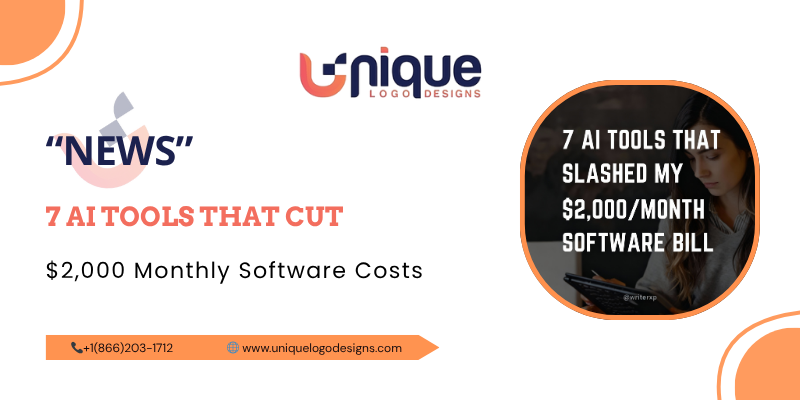7 AI Tools That Slashed My Software Costs
In the fast-changing world of digital entrepreneurship, the biggest leverage for profit often comes not from raising prices or landing blockbuster clients, but from ruthlessly optimizing internal costs. Over the past year, I successfully reduced my monthly software bill from approximately $2,070 to a fraction of that amount — and in doing so, I not only preserved margins but also increased productivity and output.
This approach isn’t just theoretical; it’s a practical case study in leveraging AI to rewire a tech stack. In this deep-dive article, I’ll walk you through each of the seven AI-driven tools that replaced an entire expensive stack — and how you can rethink your own subscriptions to reclaim thousands of dollars per year while actually improving your workflows.
Why Cutting Your Software Stack Is the Fastest Win
Every freelancer, creator, or small business owner knows: subscriptions pile up. An SEO tool here, a video editor there, a design suite, a scheduling manager, analytics dashboards — all justified individually, yet collectively draining margins.
Consider the numerous overlapping features that exist across these tools, including text generation, image creation, data analysis, and task automation. Paying separately for each is inefficient. The real opportunity lies in consolidation — replacing niche tools with versatile AI platforms that excel at multiple tasks.
To give you context:
- McKinsey’s 2023 “State of AI” report noted that 33% of businesses use generative AI to reduce costs, and another 12% use it to unlock new revenue streams.
- In the media industry, many companies have turned to AI to complement, rather than replace, storytelling, utilizing automation to reduce labor costs for routine tasks.
- However, a cautionary note: many companies still frame AI as a cost-cutting lever when its real power lies in amplifying growth and opening new revenue channels.
My approach was straightforward: I audited every tool, identified overlaps, and determined whether a single AI tool or a compact combination could perform the tasks more efficiently.
The 7 AI Tools That Revolutionized My Stack
Let’s look at exactly how I replaced expensive subscriptions with AI-first alternatives — and how each tool contributed to massive savings and enhanced capabilities.
1. ChatGPT / Gemini Pro — The Core Writing & Analysis Engine
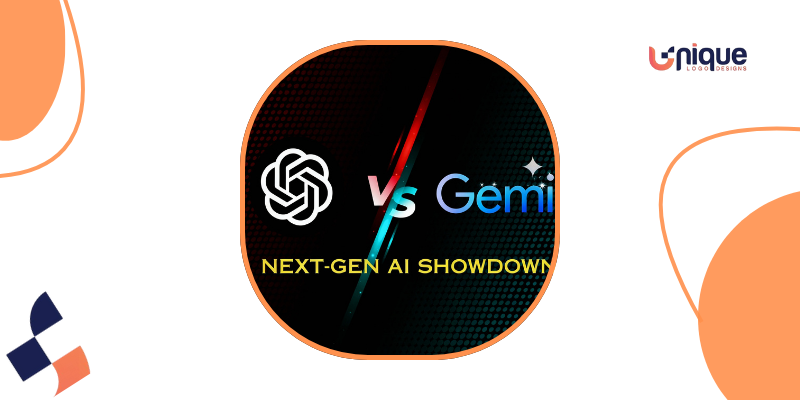
The core of my stack is a large language model. Previously, I paid for a high-end copywriting AI. With sharp prompts, ChatGPT Plus or Gemini Pro delivers the same results:
- High-quality content generation — blog posts, scripts, emails, landing pages
- It also handles analytical tasks such as summarizing reports, extracting key insights, and working with data.
- Iterative editing — tweaking tone, adjusting structure, refining drafts
For example, I tested this by uploading a 50-page PDF of a client report and asking it to extract the five high-impact findings. The model delivered results in moments, saving me hours and removing the need for a specialized “insights” AI subscription.
2. Notion AI — Outlines, Task Management, Knowledge Base
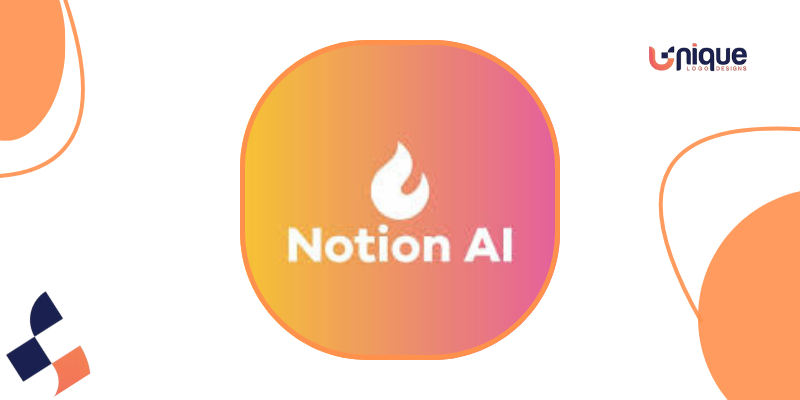
Previously, I used separate project management software and a dedicated outline/brainstorming tool. Notion AI allowed me to fuse them:
- Auto-generate meeting summaries
- Turn long meeting notes into actionable tasks.
- Dream up headline ideas or content structures
Build an internal knowledge base + content calendar
Now I don’t pay extra for a project tool or outline generation — it’s built into the workspace I already use.
3. Descript — Text-Based Video & Podcast Editor + Transcription
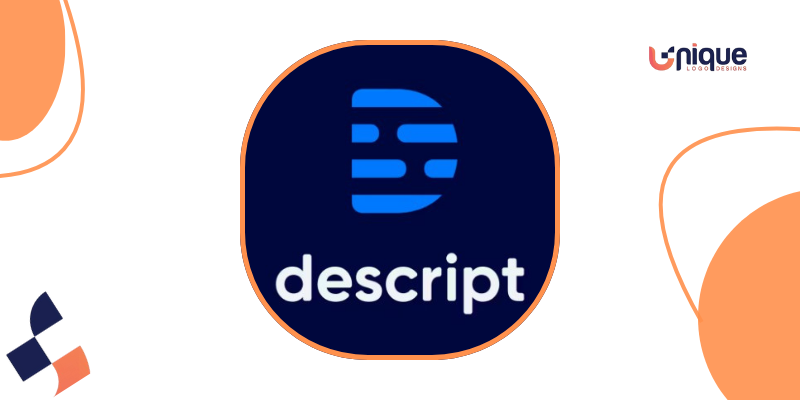
Video and podcasting often lead to ballooning costs, including paying editors, purchasing transcription credits, and addressing audio cleanup. Descript disrupts that model:
- Edit audio/video by editing text — delete words in the transcript, and they disappear from the media
Automatic transcription included - Additionally, with Studio Sound removing echo, background noise, and audio artifacts, Descript takes it a step further. It has effectively replaced two or three subscriptions (professional editor, transcription service, and some audio cleanup tools), resulting in massive time savings.
4. Perplexity Pro — Research & Cited Data, Replacing Pricey SEO Tools
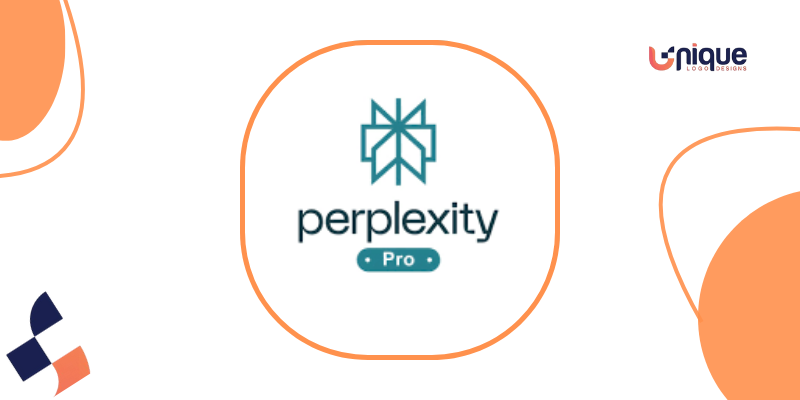
I used to spend ~$299/month on an advanced SEO research suite. But for most content work, I just need authoritative answers, sources, and insight — not endless keyword dumps. Perplexity Pro’s “Deep Search” mode gives me:
- Well-sourced answers (with links)
- Insights on trending topics, pain points, and content gaps
- Speed in research without drowning in data
For the bulk of what I do — content ideation, competitive research — this works far more cleanly.
5. Canva Magic Studio — Design, Image Generation, Templates
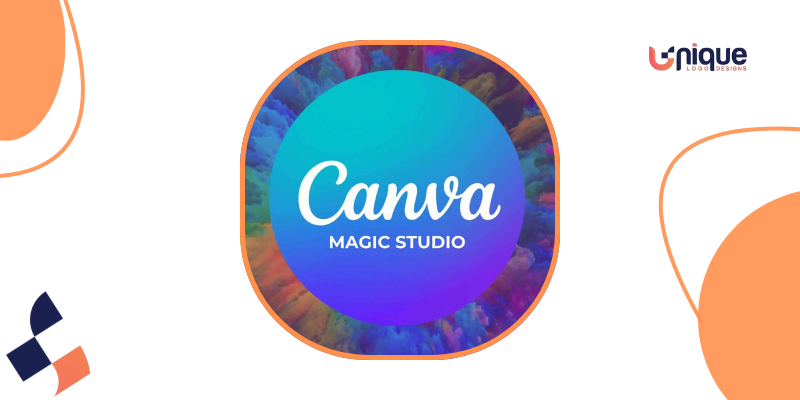
Design used to be a separate department of my stack: Adobe suite + stock image subscriptions + layout tools. Now Canva Pro + Magic Studio handles:
- Auto background removal (Magic Eraser)
- Generate custom images from text (Magic Media)
- Instant resizing for blog graphics, social media banners, ebooks
It’s not a complete replacement for Photoshop in extremely complex cases, but for most visual needs, it delivers 90%+ of what I used to outsource.
6. Make / n8n — Advanced, Cost-Effective Automation Workflows
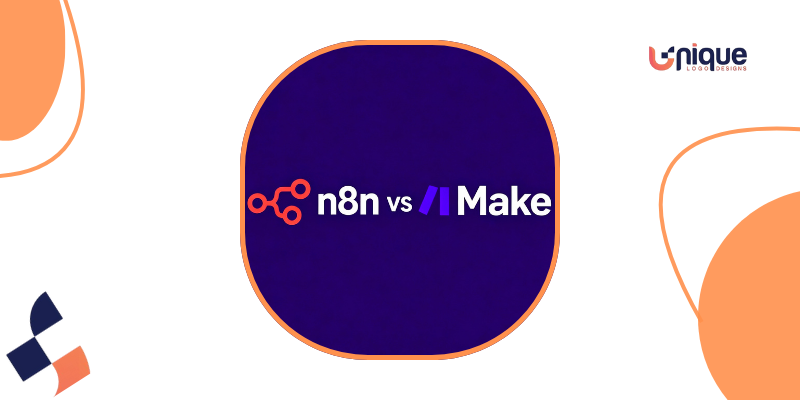
Zapier was powerful, but costly. When automations got complex — combining Slack, AI summarization, API calls — I moved to Make (formerly Integromat) or self-hosted n8n. These let me:
- Automate multi-step workflows with embedded LLM logic
- Control costs (no surprise overage fees)
- Own the automation architecture
For example: a Slack message triggers an LLM summary → creates a Notion task → sends an email — all in one workflow.
7. ElevenLabs — Studio-Quality Voice Cloning & TTS
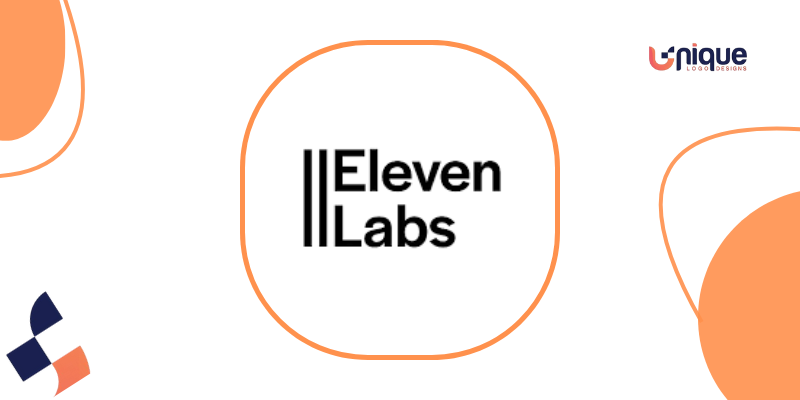
Voiceovers and podcasts used to mean hiring talent or booking a studio. With ElevenLabs:
- I generate realistic voice narration from text.
- Use voice cloning for branded audio.
- Create audio versions of blog posts or ads without hiring voice actors.
This reduces the time spent on recording and the cost of talent rates.
My Results: $6,000+ Annual Savings With Better Output
Here’s the before vs. after:
- Before: ~$2,070/month across multiple subscriptions, many underutilized.
- After: ~90% reduction in that cost for the core stack
- Annualized savings (core tools): ~$6,588
Beyond dollars, I gained:
- Higher output — more content, better quality, faster delivery
- Cleaner workflows — fewer integrations, fewer billing lines
- Creative freedom — I use my brain where it matters (strategy, voice) and let AI handle heavy lifting
It’s not about giving up tools you love — it’s about being ruthless with redundancy and overlap.
Insights and Outcomes
What Worked
- Consolidation: Merging overlapping tool functions into fewer platforms
- Automating first drafts: Let AI build 80% of the draft, so I can only refine it.
- Pro-plan sweet spots: Most tools cost $10–25/month for serious capabilities
What Didn’t Work
- Blind trust in “perfect SEO” promises: A tool promising instant ranking gains produced generic copy that rated poorly.
- Replacing Photoshop entirely: For complex designs, I still keep a basic Adobe plan.
Fully automated personalization outreach: Cold emails felt impersonal. Now I let AI draft, but I always customize the opening lines myself
These lessons highlight a critical point: AI is a co-pilot, not an autopilot.
Broader Context: Why Businesses Are Investing in AI (Beyond My Use Case)
My experience fits into a much bigger picture. Across industries, AI is now seen as central to transformation.
- AI has moved from a niche experiment to a core business investment. Many firms now view it less as cost-cutting, more as revenue amplification.
- In sectors such as media and journalism, AI is being deployed to combine cost efficiency with storytelling enhancement.
- Take the case of Ocado, a robotics-based grocery & logistics company, which is cutting hundreds of tech and finance jobs because AI-driven automation has increased productivity.
- Or Business Insider, which is reducing headcount even as it accelerates AI adoption to handle content and workflow optimization.
- Major media players, such as The New York Times, are introducing internal AI tools (e.g., “Echo”) for summarization, editing, and headline generation, with guidelines and editorial oversight in place.
- The Wall Street Journal is experimenting with AI-generated “Key Points” summaries at the top of articles.
As organizations shift from viewing AI as a cost-reduction tactic to a strategic growth driver, the pressure on tools and processes will intensify. The smartest players won’t just reduce bills — they’ll expand value.
How You Can Begin Overhauling Your Stack Today
You don’t have to do this overnight, but here’s a five-step “action playbook” that mirrors what I implemented:
- Audit every active subscription
List every recurring cost. Be ruthless. - Pick your foundation LLM.
Commit to one powerhouse AI (ChatGPT, Gemini Pro, Claude Pro), and let it handle writing, logic, and analysis. - Consolidate design and visuals.
Switch to Canva Pro + Magic Studio or a similar alternative — eliminate redundant tools. - Test text-based editing / media tools
Try Descript or similar immediately with a short video/podcast. See what it can do. - Cancel one redundant tool today.
Start with the second most expensive one that overlaps with AI features.
Over time, you’ll see patterns: fewer invoices, simpler integrations, more output, better margins.
Potential Risks & Mitigations
No strategy is flawless. Here are what I observed and how to manage them:
- Overreliance on AI: AI hallucinations or factual errors can slip in. Always proofread and keep human oversight.
- Loss of differentiation: If everyone uses the same AI tools and prompts, generic content proliferates. Always inject your voice, insights, and creative angles.
- Tool deprecation/model changes: AI providers can adjust pricing or features. Always have fallback tools or modular options.
- Ethics, transparency & brand trust: Be transparent where AI is used (for headlines, summarization, drafts). Maintain editorial integrity — especially in news and high-stakes contexts.
These risks are not fatal — but they demand respect and guardrails.
Final Thoughts & Takeaways
What I did was unglamorous but transformative: I pruned the stack, concentrated power in more versatile AI tools, and discarded redundant costs. The result? A 90% reduction in many software expenses, while upgrading my throughput and quality.
For creators and small businesses, every saved dollar is reinvested: in better content, more reach, or more strategic time. For organizations, AI is no longer “nice to have” — it’s becoming a table stake for competitiveness.
If you’re spending hundreds or thousands each month across a scattered tech stack, step back and ask:
- Are these tools overlapping?
- Can one AI replacement do multiple jobs?
- Which subscriptions am I paying just out of habit?
Replace one tool. Measure results. Repeat. This leads to a streamlined, high-output system, not a tangled stack.
The seven AI tools I’ve described can do more than replace your existing stack—they can redefine how you work. Key takeaways: Evaluate all tools for overlap, prioritize consolidation and efficiency, maintain quality standards at all times, and utilize AI to drive both savings and output gains. Do the audit. Consolidate. Replace. Then watch your output rise and your costs collapse.

